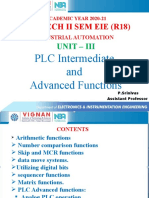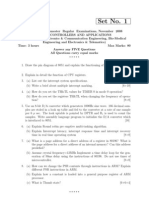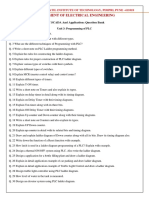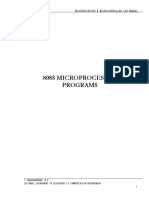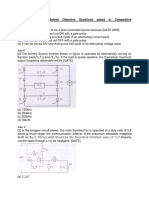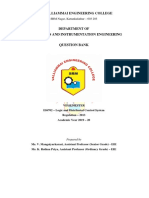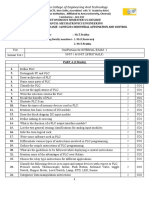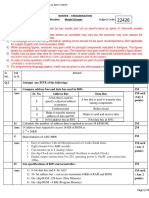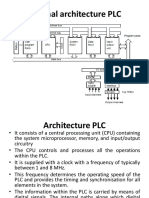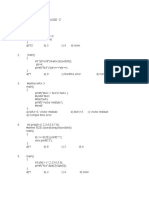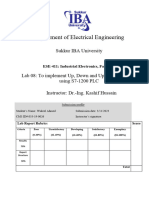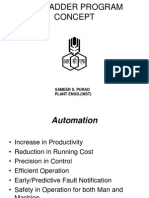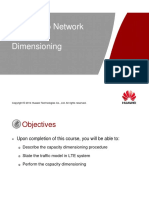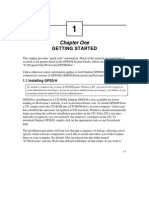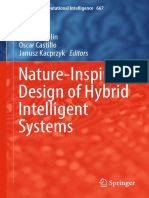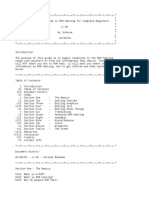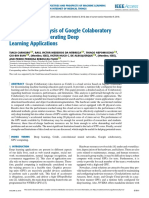0% found this document useful (0 votes)
724 views38 pages7 PLC - Arithemetic, Compare, Data Handling Functions
The document discusses various compare, arithmetic, and logic functions that can be used in programmable logic controllers (PLCs). It describes compare functions like equal, not equal, greater than, and less than that take two operands and return a true/false output. It also outlines arithmetic functions for addition, subtraction, multiplication, division, incrementing, and decrementing values. Additional logic functions covered include skip/jump functions to bypass or branch to other parts of a PLC program, as well as master control and subroutine functions for controlling program flow.
Uploaded by
Ishan TilveCopyright
© © All Rights Reserved
We take content rights seriously. If you suspect this is your content, claim it here.
Available Formats
Download as PDF, TXT or read online on Scribd
0% found this document useful (0 votes)
724 views38 pages7 PLC - Arithemetic, Compare, Data Handling Functions
The document discusses various compare, arithmetic, and logic functions that can be used in programmable logic controllers (PLCs). It describes compare functions like equal, not equal, greater than, and less than that take two operands and return a true/false output. It also outlines arithmetic functions for addition, subtraction, multiplication, division, incrementing, and decrementing values. Additional logic functions covered include skip/jump functions to bypass or branch to other parts of a PLC program, as well as master control and subroutine functions for controlling program flow.
Uploaded by
Ishan TilveCopyright
© © All Rights Reserved
We take content rights seriously. If you suspect this is your content, claim it here.
Available Formats
Download as PDF, TXT or read online on Scribd
/ 38
